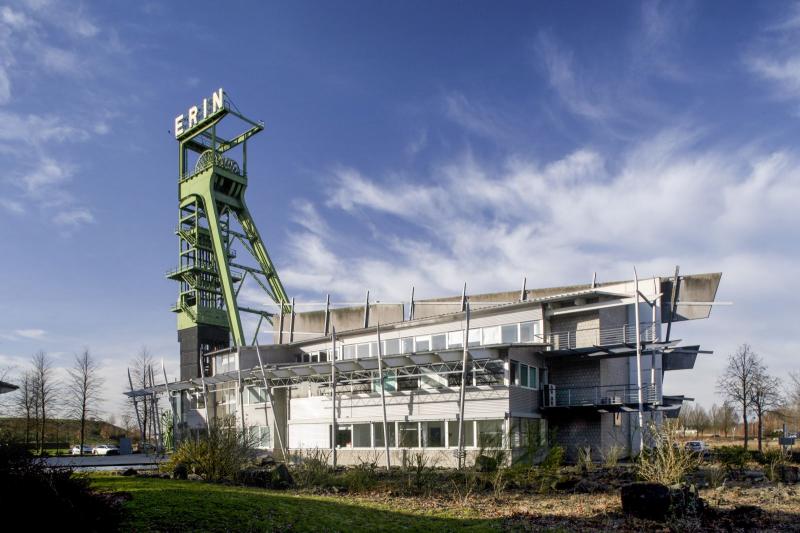Bodelschwinghstraße, 44577 Castrop-Rauxel
Icon legend
![]() This icon indicates an awarded building
This icon indicates an awarded building
![]() This icon indicates a listed building
This icon indicates a listed building
![]() Projects with this logo are on the UNESCO World Cultural Heritage list
Projects with this logo are on the UNESCO World Cultural Heritage list
![]() Project has been converted, renovated or extended
Project has been converted, renovated or extended
x close
![]()
1866
- keine Angabe -
- keine Angabe -
Advanced search with more criteria
Total projects: 483

44575 Castrop-Rauxel
Distance: 2.00 km

44575 Castrop-Rauxel
Distance: 2.02 km
A pit frame over shaft 7 and a pit frame over shaft 3 keep the memory of the former Zeche Erin (a pit) alive in Castrop-Rauxel. For this pit founded by the Irishman Thomas Mulvany in 1866, from 1889 a third shaft was sunk in the district of Schwerin, but the pit frame was only built from 1918 to 1921. It is one of the few extant hammerhead towers in the Ruhr area and now the oldest in Westphalia.
It is a historical monument because of its fascinating technological history in particular. The progress made in steel construction and the introduction of electric hoists allowed a placement of the hoist, including its traction sheave, right above the shaft so that the rope is suspended right into the shaft. This did away with the necessity of building a machine shed and a lot of space was saved. The hoist aside, the operator’s stands had to be included, which is why the “machine shed” cantilevers the tower’s footprint and gives the building its typical shape and name.
The Erin hammerhead tower was one of only ten towers that developed in the Ruhr area during the 1920s. From 1937 until its shutdown in 1983, shaft 3 was only used for man-riding: The coal was extracted through shaft 7 at the edge of central Castrop-Rauxel.
In 1983, the state of North Rhine – Westphalia funded the hammerhead tower’s restoration. The City of Castrop-Rauxel surrounded it with a “Celtic circle of trees” (“Keltischer Baumkreis"), thus honouring the pit’s founder, whose Celtic ancestors would have used the circle of trees for time-reckoning purposes and every single tree as an embodiment of man’s characteristics.
Author: Route-der-Industriekultur
Last changed on 18.05.2009
Categories:
Engineering » Energy
Architecture » Commercial Buildings » Technical